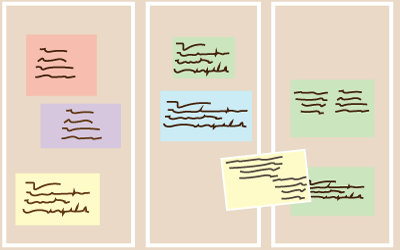 The life cycle of a project comprises the set of phases into which a project is organized from start to finish. A phase is a set of inter-related project activities that generally concludes with delivery of a partial or complete product. Some simple projects only require one phase while other, more complicated projects require a significant number of phases and sub-phases.
The life cycle of a project comprises the set of phases into which a project is organized from start to finish. A phase is a set of inter-related project activities that generally concludes with delivery of a partial or complete product. Some simple projects only require one phase while other, more complicated projects require a significant number of phases and sub-phases.
The life cycle of each project is defined by the phase model used in each case and this is usually determined by the organization, industry or even technology required for the project. It would be impossible to provide a generic description of the phases for all types of project. However, reference is sometimes made to a generic life cycle structure that consists of the following phases:
• Project Start
• Organization and Preparation
• Completion of Work
• Project Close
This generic life cycle structure should not be confused with the Project Management Process Groups defined in PMBOK. The generic structure of the project life cycle is a generic model relating to the organization of project phases and not the organization of processes established by the PMI. Neither should it be confused with the product life cycle on which the project is based. This is a generic life cycle model that can be used as a benchmark, especially when wishing to communicate project progress to people who are less accustomed to this type of management.
In practice, there is no one perfect way to organize phases for all types of project. Although some standard models exist in certain industries, projects can vary significantly between one another. Some projects will only have one single phase, while others may consist of two, three, four or even more.
Regardless of the number of phases within a project, they all possess similar characteristics:
• Each phase is focused on a specific task.
• Phases are usually aimed at producing a deliverable that must be available at the end of the phase
• The end of a phase closes with a review of the deliverable and sometimes with approval of that deliverable
Organizations and the various methodologies and industries have gradually defined more or less standard project life cycle models. This standardization is accompanied by the necessary adaptation by each team to each project. The life cycle greatly depends on the nature of the specific project and the style adopted by the project team or organization. To correctly manage the established standards and necessary adaptation to the specific needs of each project, organizations use such tools as ITM Platform to allow them to reuse and adapt the most suitable life cycles by using templates or base projects with specific project phase structures as a benchmark.


